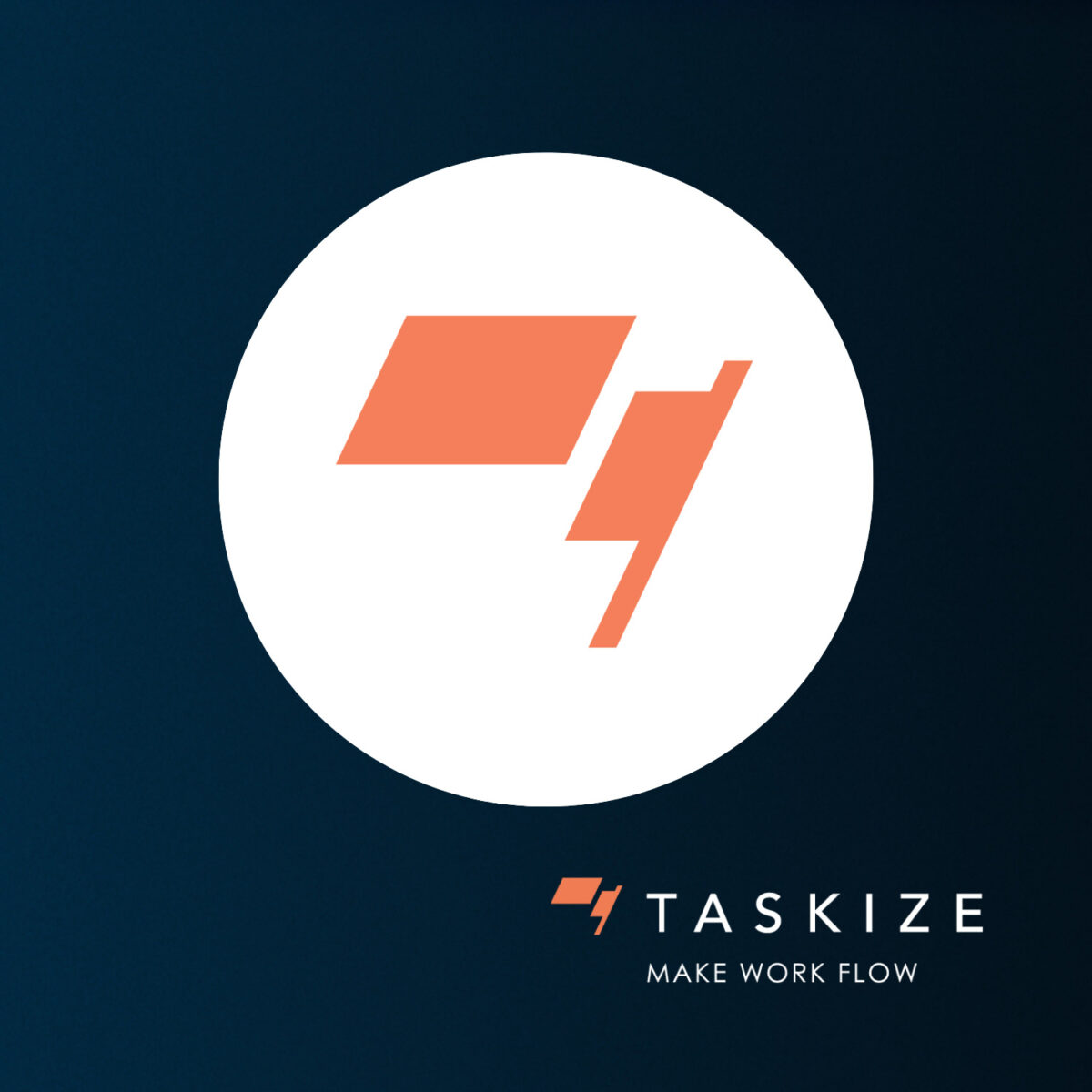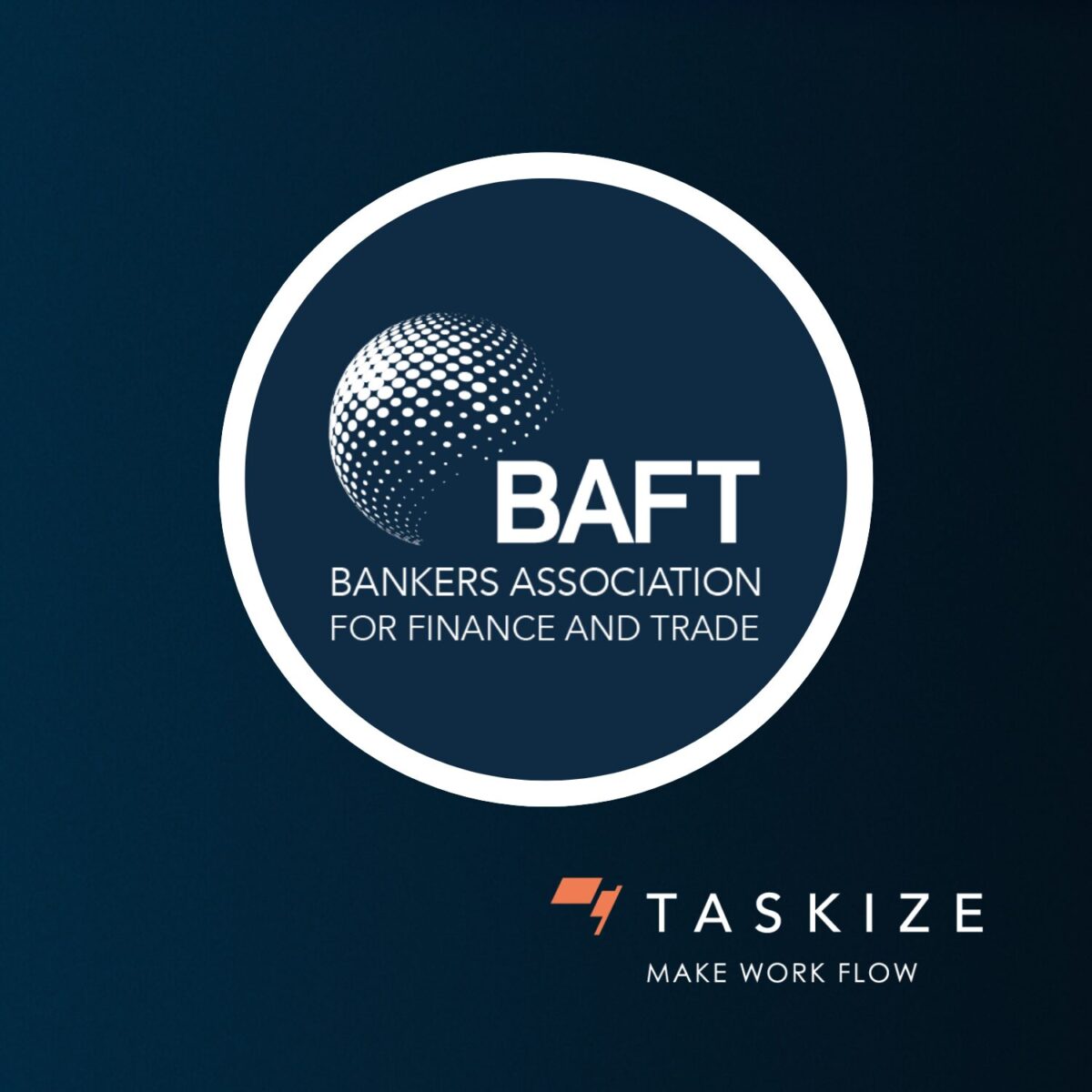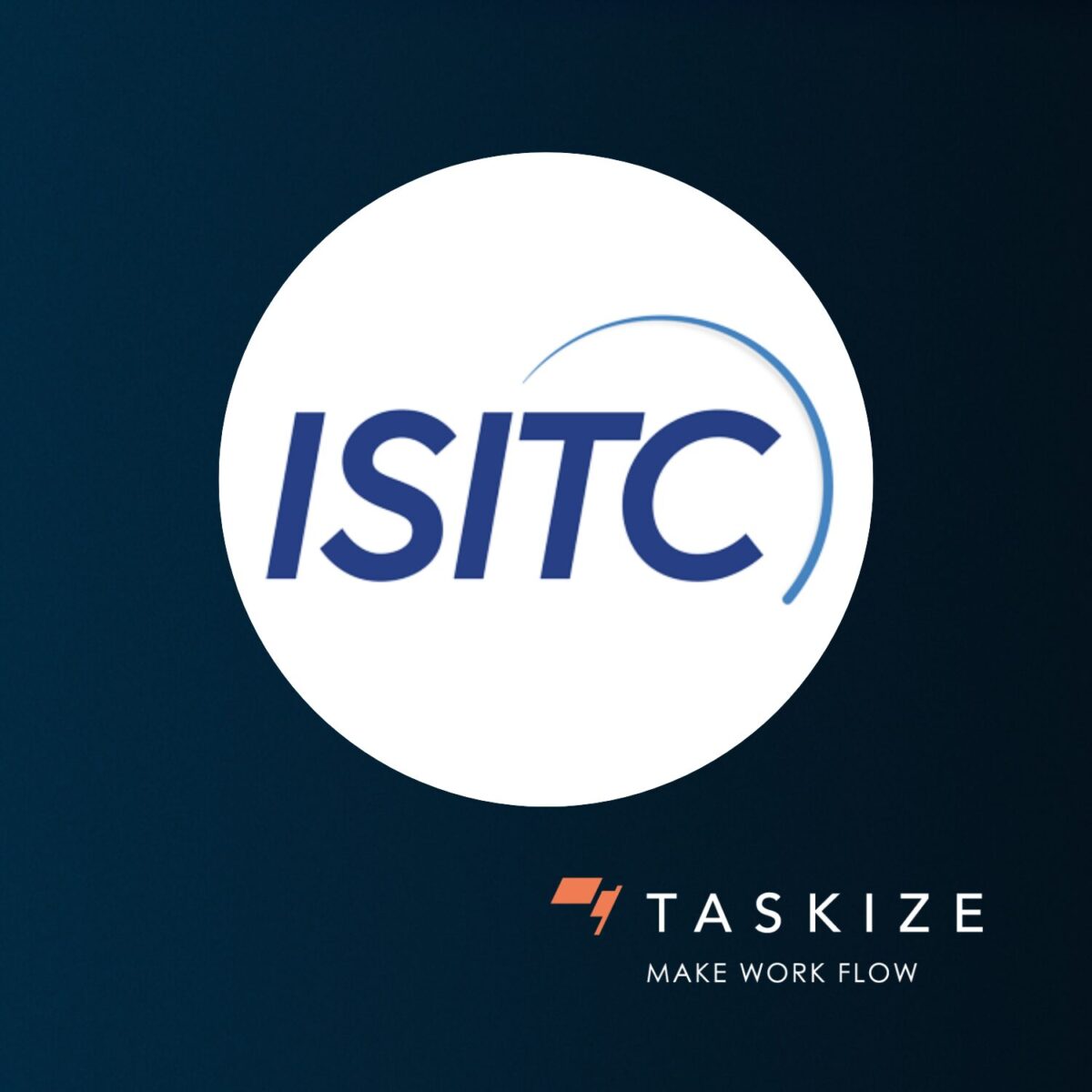Press releases
As of 01 January 2025, Taskize will be improving and upgrading its approach to online meetings

Course correction is the norm in continuous improvement programmes the world over and normally applies to defined processes, such as purchasing or software deployments. But what about when it’s a business process that is so universal, it’s hiding in plain sight?
Post-Covid-19 and with the expansion of remote working, back-to-back online meetings are accepted as the norm.
Concerned about this, Microsoft carried out research on the effects such meetings have on us all. And it found clear evidence that they increase stress and reduce effectiveness.
As of 01 January 2025, Taskize will be improving and upgrading its approach to online meetings, based not only on Microsoft’s research but also a number of other factors, which fall into three categories:
- Psychological reset
- Planning and process
- Time management
These improvements have been formulated, tested and well-received within Taskize over the last few months. The business case was compelling – not only enhancing the wellbeing of our colleagues but making better use of meetings to accelerate progress.
So, what are the improvements we’re delivering?
Psychological reset
This was the crux of the Microsoft research. Humans need breaks not only for physical reasons, but also to mentally ‘reset’ context from one meeting to the next. Helpfully, one of the outcomes of Microsoft’s research was an Outlook feature that truncates meetings by a short, defined amount. This has now been deployed across the Taskize organisation with the default values, so a half-hour meeting is automatically shortened by five minutes and meetings of an hour or more are shortened by 10 minutes. The breaks are built in when the meeting is booked, with no manual effort.
Planning and process
“Fail to plan, plan to fail” goes the old adage. Meetings are important but resource-expensive and all too often there is confusion about who is attending and what they’re trying to achieve. We will improve planning by always including:
- A clear agenda – so attendees can decide what information might need to be prepared, who else ought to be there or if they’re even required
- Outcomes – If the meeting achieves its outcomes, it can be closed early to free up time. Without this, there can be a temptation to simply keep talking to ‘run down the clock’
Meeting invites will be accepted or declined at the earliest opportunity. Organising a meeting needs time from both the organiser and the attendees.
Finally in this area, we will borrow the principle of WIP (work-in-progress) limits from Kanban. What these limits are set to will depend on the individual, but there will be a cap on the number of meetings in a day and/or the total time spent in meetings, to give back time to prep, follow-up or ‘do some work’.
Time management
Time-boxing
We are implementing this key Agile principle to ensure that we work within the time that we have. If not, meetings might overrun into subsequent ones, making it more difficult to achieve outcomes and close on time.
Note-taking
AI tools like Microsoft Copilot can help with transcribing a meeting, but someone will curate the record of what was discussed and agreed. We will therefore nominate a note-taker to be responsible for ensuring that this is done.
Summarising
A few minutes will be reserved at the end of each meeting to review the discussion and take stock. This helps develop a shared understanding of the outcomes whilst it is fresh in the mind and gives an opportunity to agree actions arising.
We are looking to all clients and partners to join us in embracing these improvements to gain a sharper focus on what we’re achieving together.



